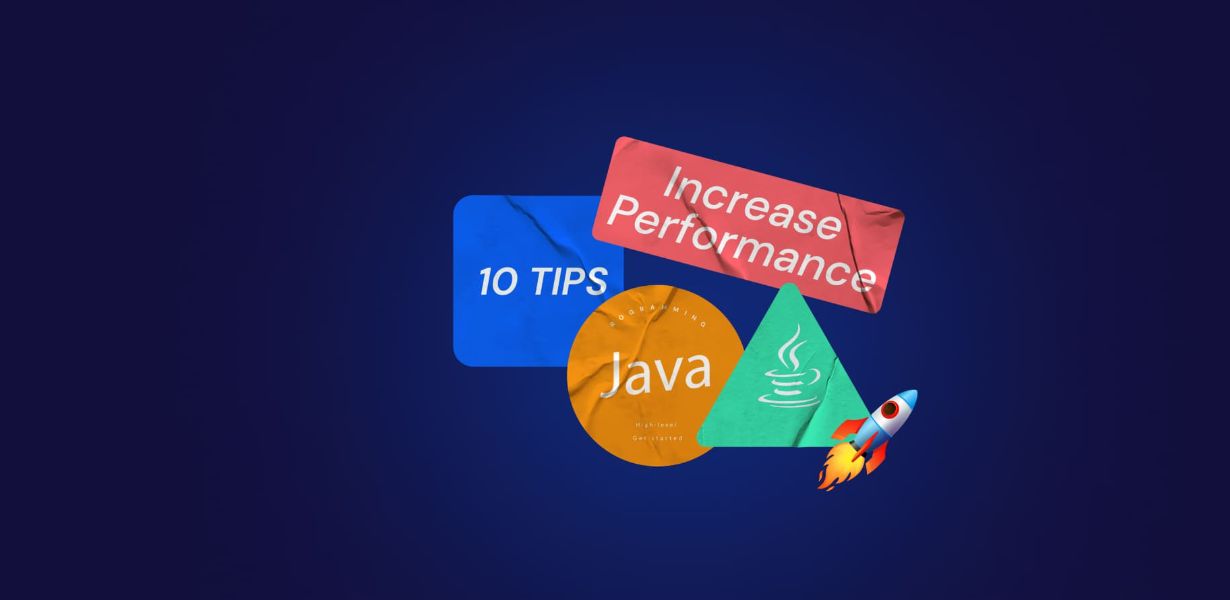
Performance Tips for AI and Machine Learning: Accelerating Data Processing and Model Training
- Post
- August 9, 2023
- Performance Tips, Web Performance, Web Technologies
- 0 Comments
Welcome to our comprehensive guide on improving the performance of AI and machine learning systems. In this article, we delve into essential strategies to accelerate data processing and model training, ensuring optimal results for your AI endeavors.
Unveiling the Core Challenge
In the dynamic realm of AI and machine learning, performance optimization is an ever-present challenge. The intricate algorithms and colossal datasets that power these systems demand substantial computational resources. Achieving rapid data processing and efficient model training necessitates a strategic approach that aligns hardware capabilities, software optimizations, and algorithmic finesse.
Efficient Data Preprocessing: Laying the Foundation
Data preprocessing is the cornerstone of AI success. Raw data is seldom ready for model consumption, often requiring cleaning, normalization, and feature extraction. Follow these steps for proficient data preprocessing:
Data Cleaning: Identify and rectify anomalies, outliers, and missing values that could disrupt model training.
Normalization: Scale data to a uniform range to prevent certain features from dominating others during training.
Feature Engineering: Craft relevant features that enhance model understanding and predictive accuracy.
Parallel Computing: Harnessing the Power
Parallel computing emerges as a potent technique to expedite data processing and model training. By dividing tasks into smaller units and executing them concurrently, systems can leverage multi-core processors or GPUs effectively. This accelerates training times and enhances throughput.
Optimized Frameworks and Libraries: The Backbone
Selecting the right framework and libraries is pivotal. TensorFlow, PyTorch, and Keras are popular choices, offering GPU support and pre-built neural network layers for streamlined model creation. Opt for GPU-accelerated libraries like cuDNN to boost training speed further.
Hyperparameter Tuning: Precision Enhancement
Hyperparameters govern model behavior and performance. A systematic search for optimal hyperparameters can significantly elevate model efficiency. Techniques like grid search, random search, and Bayesian optimization aid in identifying the best hyperparameter configuration.
Transfer Learning: Building on Pretrained Models
Leverage transfer learning to accelerate training. Pretrained models like VGG16, ResNet, or BERT have learned rich feature representations from massive datasets. Fine-tuning these models for specific tasks reduces training time and data requirements.
Data Augmentation: Amplifying Dataset Size
Data augmentation artificially expands the training dataset by applying transformations like rotation, cropping, and flipping. This mitigates overfitting, enhances generalization, and enables models to perform better with limited data.
Distributed Computing: Scaling Horizontally
For tackling vast datasets, distributed computing is indispensable. Frameworks like Apache Spark distribute data and computation across clusters of machines, facilitating parallel processing and efficient model training.
Quantization: Trading Precision for Speed
Quantization involves reducing the precision of model weights and activations. While sacrificing some accuracy, quantized models demand fewer computational resources, resulting in faster inference times.
Pipeline Optimization: Streamlining Workflow
Create efficient data pipelines that minimize I/O bottlenecks and preprocessing overhead. Utilize technologies like Apache Kafka for real-time data streaming and Apache Airflow for workflow orchestration.
AutoML: Automation for Efficiency
AutoML platforms automate the process of algorithm selection, hyperparameter tuning, and model architecture exploration. This democratizes AI development, enabling even non-experts to create high-performing models.
Final Words
In the ever-evolving landscape of AI and machine learning, optimizing performance is a multifaceted endeavor. By embracing efficient data preprocessing, harnessing parallel computing, and leveraging optimized frameworks, you can significantly accelerate data processing and model training. Remember, a strategic combination of these techniques tailored to your specific use case will yield the best results.
Commonly Asked Questions
Q1: Can I use CPU-based processing for AI tasks?
A1: While CPUs can handle AI tasks, using GPUs or specialized accelerators yields substantially faster processing times due to their parallel processing capabilities.
Q2: What is the role of cloud services in AI performance?
A2: Cloud platforms provide scalable resources and GPU instances, allowing you to access powerful hardware on-demand, accelerating AI tasks significantly.
Q3: How does transfer learning impact model accuracy?
A3: Transfer learning usually maintains or even improves model accuracy, as it transfers knowledge from pretrained models to new tasks, reducing the need for extensive training.
Q4: Is data augmentation necessary for small datasets?
A4: Yes, data augmentation is crucial for preventing overfitting and enhancing model generalization, especially when dealing with limited data.
Q5: Can AutoML replace manual model development?
A5: AutoML simplifies model development but might not completely replace manual efforts, as domain expertise often fine-tunes models for optimal results.



